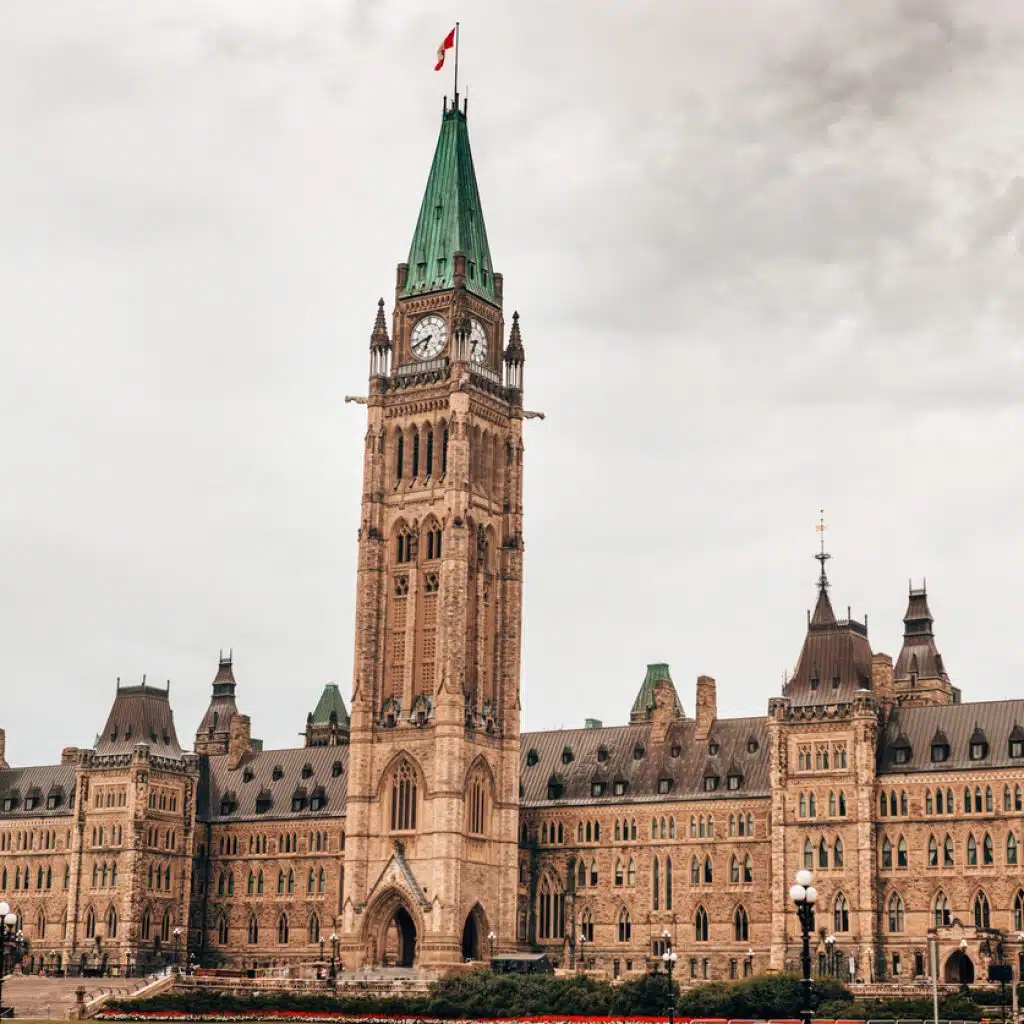INDIGENOUS LANGUAGE TRANSLATION AND REVITALIZATION OF A CULTURAL TOUCHSTONE
The Indigenous peoples of Canada have a rich and diverse cultural heritage that includes their languages. However, the legacy of colonization and residential schools has led to the loss of many Indigenous languages, with some languages facing extinction. In recent years, there has been a renewed effort to revitalize Indigenous languages in Canada, recognizing the cultural and educational imperative of preserving these languages for future generations and lawful efforts to include Indigenous language translation in the court systems.
Learn more about the revitalization of Indigenous languages in Canada and the efforts being made to preserve and promote them.
THE IMPORTANCE OF INDIGENOUS LANGUAGES IN CANADA
Indigenous languages are an essential part of the cultural heritage of Canada’s Indigenous peoples. They are integral to their identity, history, and traditions. Furthermore, Indigenous languages provide a unique perspective on the world and offer a way to understand the interconnectedness of all living things. They also hold important knowledge about the environment, natural resources, and traditional practices that are vital for sustainability and ecological preservation.
However, the legacy of colonization has led to the loss of many Indigenous languages in Canada. The residential school system, which operated from the 19th century to the late 20th century, was a key contributor to the loss of Indigenous languages. Children were forcibly removed from their families and communities and sent to these schools, where they were punished for speaking their language and were forced to speak English or French instead. These horrific abuses ultimately resulted in the loss of many Indigenous languages and cultural traditions.
REVITALIZATION EFFORTS IN CANADA
Recognizing the cultural and educational need to preserve Indigenous languages, the Canadian government, both provincially and federally, has taken several steps to revitalize these languages. In 2019, the federal government launched the Indigenous Languages Act, which aims to protect and promote Indigenous languages in Canada. The Act recognizes Indigenous languages as an integral part of Indigenous cultures and identities and seeks to support their revitalization and preservation.
Under the Indigenous Languages Act, the federal government has committed to providing funding for the preservation, promotion, and revitalization of Indigenous languages. This includes supporting community-based language programs, developing Indigenous language teaching materials and resources, and creating opportunities for language learning and immersion.
In addition to government-led efforts, many Indigenous communities and organizations are also taking steps to revitalize their languages. These efforts are often community-led and are based on the principles of language immersion, intergenerational learning, and cultural revitalization. For example, some communities are developing language immersion programs, where children and adults learn the language through immersion in language-rich environments. Other communities are developing language nests, where young children are immersed in the language and learn it alongside their caregivers.

THE ROLE OF EDUCATION IN LANGUAGE REVITALIZATION
Education plays a critical role in the revitalization of Indigenous languages in Canada. Schools and educational institutions are essential sites for language learning and can provide opportunities for language acquisition and immersion. Furthermore, education can promote cultural understanding and respect and provide a platform for the transmission of Indigenous knowledge and practices.
To support language revitalization efforts in education, the federal government has committed to supporting Indigenous language education in schools and universities. This includes providing funding for Indigenous language teaching materials and resources, supporting language immersion programs, and developing teacher training programs for Indigenous language education.
CONCLUSION
In conclusion, the revitalization of Indigenous languages in Canada is a cultural and educational imperative, as Indigenous culture and language are integral to the foundation of the country. However, the legacy of colonization has led to the loss of many Indigenous languages, with some facing extinction.
To address this, Canada has taken several steps to revitalize Indigenous languages, including the launch of the Indigenous Languages Act and the provision of funding for language revitalization programs. Indigenous communities and organizations are also taking steps to revitalize their languages through community-led efforts.
At Languages in Motion Ltd., our goal is to bring the world together through professional translation and interpreting services. With access to over 200 languages, including American Sign Language, French, Spanish, Portuguese, Chinese, and Arabic, we can help individuals, families, and businesses communicate more clearly than ever before. Our certified translators and interpreters have worked in numerous industries, including the Public Sector (Police, Healthcare, Court, Education, and Government & Municipalities), Healthcare, Finance, Local and International Law Firms, Marketing, Insurance Companies and Private/Independent Medical Clinics, Law and Order, and Immigration. Our experience, passion for delivering results, commitment to clients, and enthusiasm for building relationships are why we are recognized as the best in the translation industry. Contact our team of certified translators and interpreters from Toronto to Winnipeg to Calgary and Vancouver today at 1-888-556-5541.

